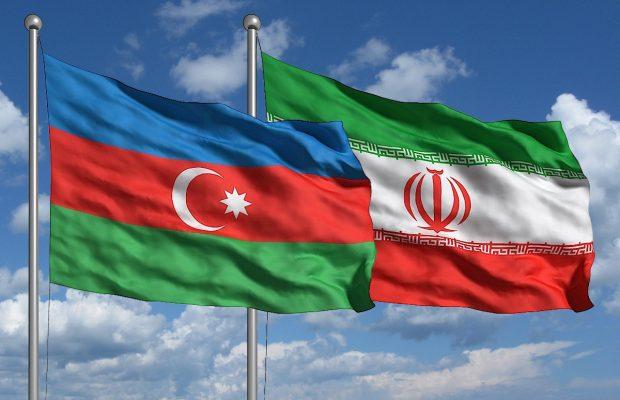Baku, Azerbaijan, Aug. 9
Trend:
Iran's Minister of Roads and Urban Development Abbas Akhoundi said a total of 180,000 trucks are commuting between Iran and Azerbaijan, which is a sign of high trade exchange between the two nations.
“Annually, nearly 180,000 trucks commute between Iran and Azerbaijan,” Akhoundi said paying a visit to the Parsabad border town in Iran's northwestern Ardabil province, ILNA news agency reported Aug. 9.
Elsewhere in his remarks, he said, “Fortunately, the Astara-Astara bridge has been constructed and a railroad to connect Iran’s northwestern city of Astara to a namesake Azerbaijani city has come on stream."
“The two countries' bilateral ties are at a good level,” Akhoundi said.
The Astara-Astara Railroad, which is a part of a bigger project to connect Iran and Azerbaijan’s rail systems, runs 8 kilometers in Azerbaijan up to the border from where it extends 2 kilometers to Iran’s port city of Astara.
The project also includes a bridge on Astarachay River that stretches along the border.
Tehran and Baku are working to connect their railroads as part of the International North-South Transportation Corridor, which is aimed at connecting Northern Europe with Southeast Asia.
The completed section of the railroad was tested in March 2017 after a train set off on a maiden journey from Azerbaijan’s Astara. The train traveled 8 kilometers to the border from where it entered the Iranian section of the route.
Qazvin-Rasht is a missing link in INSTC, which will connect Iran with Russia’s Baltic ports and give Russia rail connectivity to both the Persian Gulf and the Indian rail network.
This means goods could be carried from Mumbai to the Iranian port of Bandar Abbas and further to Baku.
They could then pass across the Russian border into Astrakhan before proceeding to Moscow and St. Petersburg, before entering Europe.
The corridor would substantially cut the travel time for everything from Asian consumer goods to Central Eurasia’s natural resources to advanced European exports.
When completed, the INSTC is expected to increase the volume of commodities currently traded between Iran and Azerbaijan from 600,000 tons to 5 million tons per year, dramatically increasing bilateral trade from the current $500 million per year.






